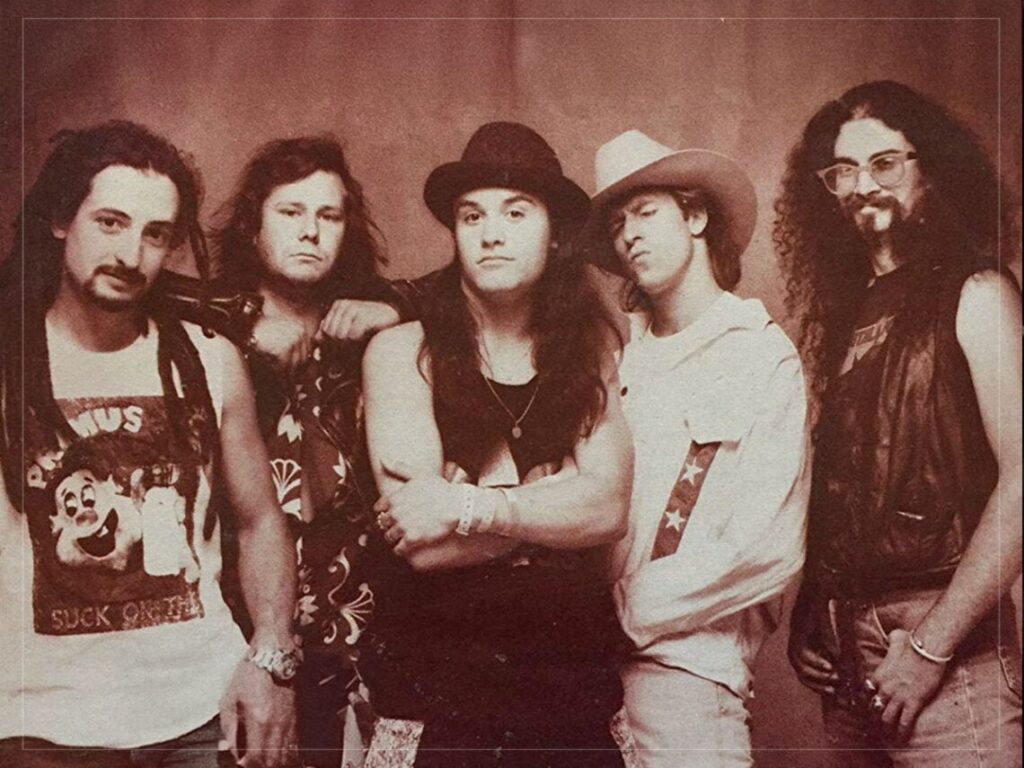The Hawley Arms: the pub that inspired Amy Winehouse’s ‘Back to Black’
 Posted On
Posted On
(Credits: Far Out / Alamy)
The vocals don’t take long to start in ‘Remember (Walkin’ In The Sand)’ by The Shangri-La’s. Three notes are played on the piano before drums, a backing track of “Ooohs” comes in, and the words “Seems like the other day, my baby went away” chime through. This is the song that Amy Winehouse showed Mark Ronson when they first met in New York in 2006, and this formed the foundation for one of the biggest works she’d ever release, ‘Back to Black’.
When you go to Camden today, you are swarmed with tourists, tacky shops and people stopping in the street to take photographs. While a lot of people visiting London view it as a must-visit, those locals roll their eyes at the notion of stopping by, knowing they will be bombarded the minute they step off the tube. It’s hard to image the area as anything other than a tourist trap, but it was once the cultural hub for music and art in London, as all creatives would flock there to get drunk, meet people and swap ideas.
One of those people was Amy Winehouse, who frequently visited a pub called The Hawley Arms. While the boozer still stands in all its glory today and is laden with cut-outs from music magazines and gig posters, it is more renowned for its sun trap beer garden and thick-cut chips instead of being the hub of creativity. Back in the day, though, you couldn’t turn a corner without seeing somebody leaving their mark on the world of literature, music, or comedy.
It became a haven for Winehouse, who used to play snooker, drink, and listen to music on the pub’s famous jukebox. One of her favourite tracks to play was The Shangri-La’s ‘Remember (Walkin’ In The Sand)’, and as such, the song acted as a sonic safe space, transportive in the way that it could remind her of being in a pub, with her friends.
When she went through her initial break-up with Blake Fielder-Civil, she returned to the pub to drink and drown her sorrows. What was a safe haven was now a last resort as she tried to overcome her heartbreak. She became even more familiar with the music that was playing, so when she went to New York and met Mark Ronson, it’s hardly a surprise that when they were talking about what music she liked, she brought up The Shrangi-La’s.
“I just thought, let’s talk about music, see what she likes,” Ronson recalls when they sat in a studio together. “She said she liked to go out to bars and clubs and play snooker with her boyfriend and listen to the Shangri-Las. So, she played me some of those records, which turned into a crash course in girl group productions.”
That night, taking her musical taste garnered from The Hawley Arms into consideration, Ronson penned the first few chords down, and the two of them picked up in the morning. “She came back the next day and she was really into it, ended up staying for two weeks, and we fleshed out five or six songs.”
As far as the lyrics are concerned, Winehouse once again refers to the pub, as following the breakup, she and Fielder-Civil went their separate ways. “’Back to Black’ is when you’ve finished a relationship and you go back to what’s comfortable for you,” said Winehouse when talking about the song, “My ex went back to his girlfriend, and I went back to drinking and dark times.”
The track falls into the remit surrounding a lot of Winehouse’s work in that it is profoundly beautiful and deeply sad. Her problems with alcohol were one of the contributing factors towards her early death, and the comfort she found in drinking is depicted in a song which is now one of her most well-known. The music remains timeless, and though Camden might not be the same as it was, the most influential musicians from there still have memories that resonate in the streets today.
[embedded content]


